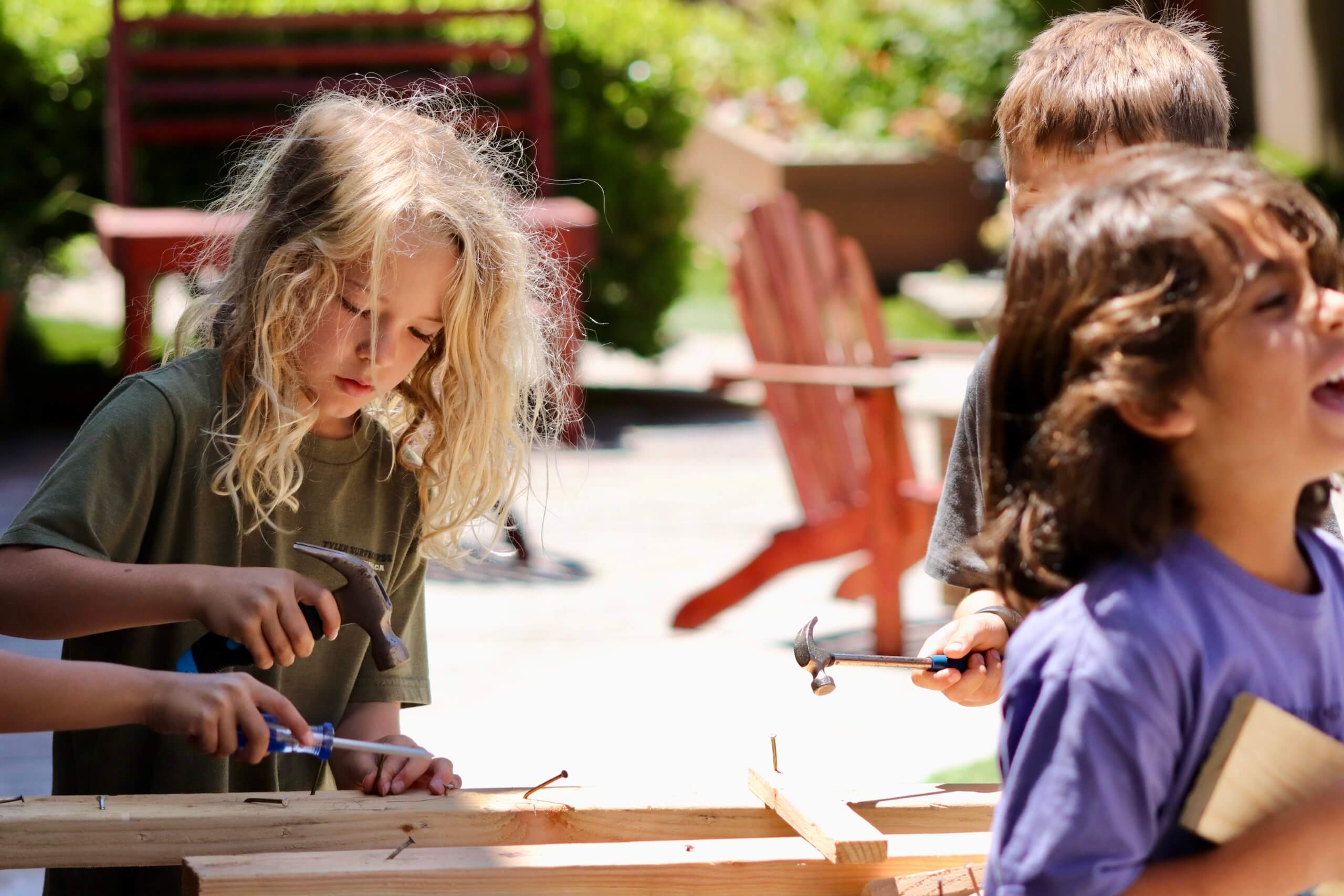
An upstander. An individual who speaks out. A person who takes action to intervene, interrupt, or speak up against bullying. At Westside Neighborhood School (WNS), it is our goal that all students feel equipped and confident to support their peers in being upstanders as part of our ongoing commitment to maintaining a safe and welcoming community.
A bystander. An individual who observes a conflict or unacceptable behavior, and while they may not condone the action, they witness it in a passive manner. It is important to note that children should not be shamed for being bystanders. It takes a great deal of confidence and courage to speak out against something we consider wrong, even as adults. However, with enough tools and coaching, students can move from being bystanders to upstanders in a capacity that is safe and feels appropriate to them.
Bullying is a very troubling reality among children, and it is no secret that it can have serious consequences on a child’s health and wellbeing. It’s something we would never wish for our children to experience, but faced with the reality, it is so important that we equip our students to stand together in solidarity and community with any one of their peers who may be targeted. Identity-based (or bias-based) bullying is a form of bullying related to the characteristics considered unique to a person’s identity, such as race, religion, sexual orientation, or physical appearance. Bias-based bullying is more strongly associated with compromised health than general bullying, and race-related bullying is significantly associated with negative emotional and physical health effects. Additionally, with the enormous uptick in technology use among children and young adults, cyberbullying has become a very real threat.
With this in mind, it is imperative that we provide our children with tools to support any one of their peers who may be a target of bullying at some point. What are some bystander situations that a child may observe? These can range from meanness, to rude, inconsiderate behavior, harassment, or acts of discrimination.
The goal is to move away from “the bystander effect.” This is when the presence of others discourages an individual from speaking out. Oftentimes, someone is less likely to take action if there are many bystanders present, rather than just a few witnesses. We strive for our students to feel confident in moving from a passive observer to an active upstander.
To help children feel confident in their options and empowered to take an action that feels right for them, we have included below four impactful ways to stand up against bullying:
- Be a buddy: This shows the person being targeted that they have a buddy, someone who will physically stand by them, as this physical presence of others often discourages a bully. At WNS, students are buddied up with a peer in a different grade from preschool onwards, so that older students gain experience in a mentor-style role, and younger students have a role-model to build a relationship with. The idea is that this buddy remains their buddy for a student’s entire time at WNS. Creating connections with a peer of a different age can bring so many positive benefits to a students life!
- Interrupt: When the bullying starts, find a way to interrupt. Distracting the bully or interjecting potentially gives the target space and time to walk away.
- Speak out: This takes lots of courage! Face the person bullying and speak out, voicing your thoughts on their actions being mean. The added benefit of this is that it may get other people to look and notice what is going on.
- Tell someone: Whether during the bullying or after, children should be reassured that this is not ‘tattling’. Keeping someone safe by telling a trusted adult is always helpful.
As you continue to have conversations with your child(ren) around this topic, we have included further suggested activities that you may find helpful in continuing to build on these lessons. These include:
- Role play: Practice running your child through different scenarios, asking them what they might feel comfortable doing if they were to see a peer of theirs was being targeted. Share your own experiences, thoughts, and feelings to let your child know that it IS scary to speak up and they’re not alone in that thought.
- Use art: Whether your student is currently experiencing bullying or has had other challenging interactions with a peer, giving children space to create is an excellent way for them to express their feelings or release pent up stress or tension from the day. This could be in the form of playing a musical instrument, painting, drawing, or whatever they find interesting.
- Peer to peer teaching: Spending time with a trusted friend, sibling, or similarly-aged family member who might have had similar experiences is a great way for kids to gain a new perspective from a non-parental figure.
- Connect it to the community: Use examples of notable upstanders in history or in current events who your child can learn from and look up to. From Martin Luther King Jr. to Greta Thunberg, there are so many individuals who have made a difference in the lives of others with their upstander mentality. Students at WNS are introduced to the idea of being a ‘changemaker’ from a young age, but especially in the elementary school program during the 2nd grade changemaker project. Changemakers affect positive change in their communities, and identifying people of note who have made a difference in the world will help your child in beginning to understand the wider world around them as they continue down the path of becoming a global citizen.
For more information and resources, we invite you to browse our list of Upstander Kids Books and Adult Resources. We hope you find these resources helpful as you navigate these conversations with your child(ren).
Westside Neighborhood School is a preschool-8th grade school in Los Angeles’s Silicon Beach area. To learn more about the WNS experience, schedule a campus tour today.






